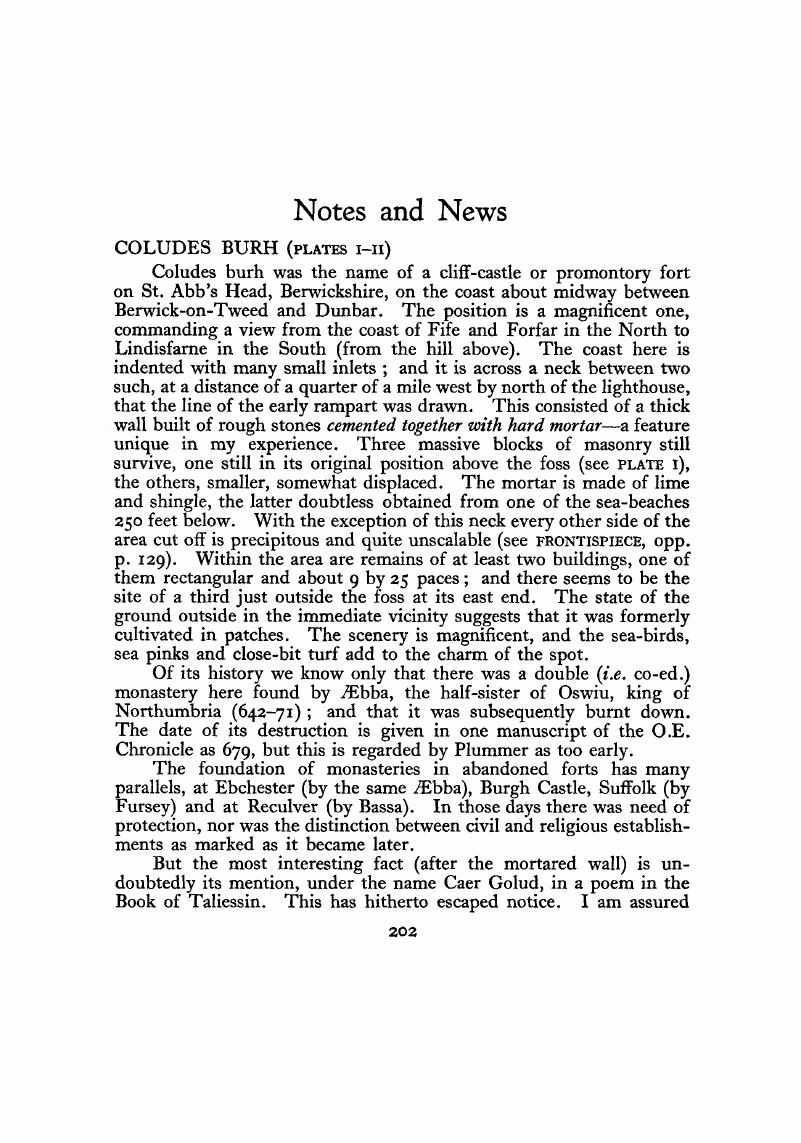Episcopi, Vita Wilfridi, auctore
Stephano, Eddio, cap. XXXIX (Rolls Series, Historians of the Church of York, ed. Jas. Raine, 1879, I, 55): ‘. . . coenobium quod Colodaesburg dicitur . . . cui praesidebat sanctissima materfamilias nomine Æbbae, soror Oswini regis sapientissima’.
Google Scholar 